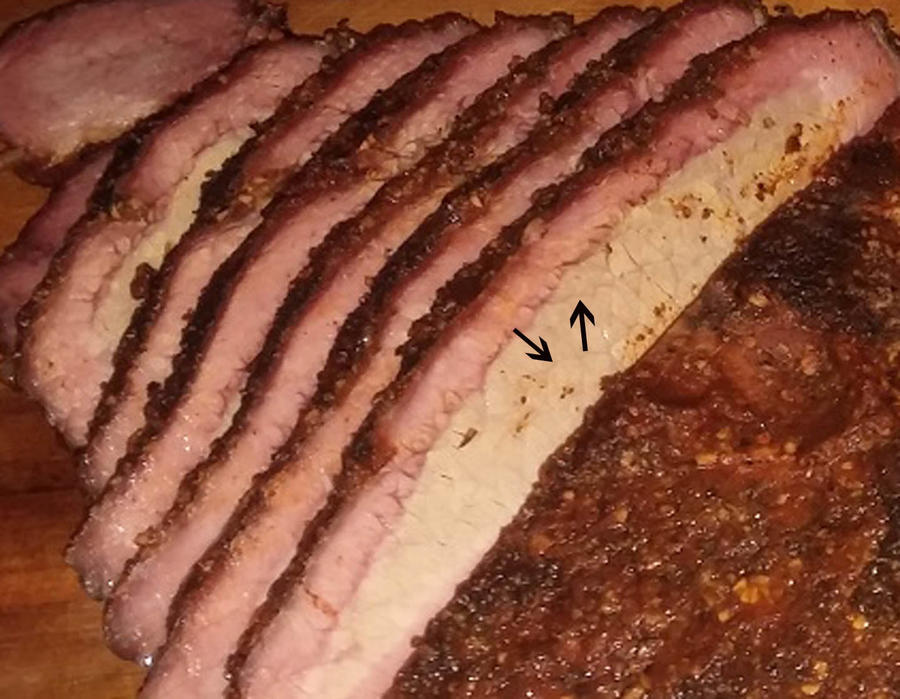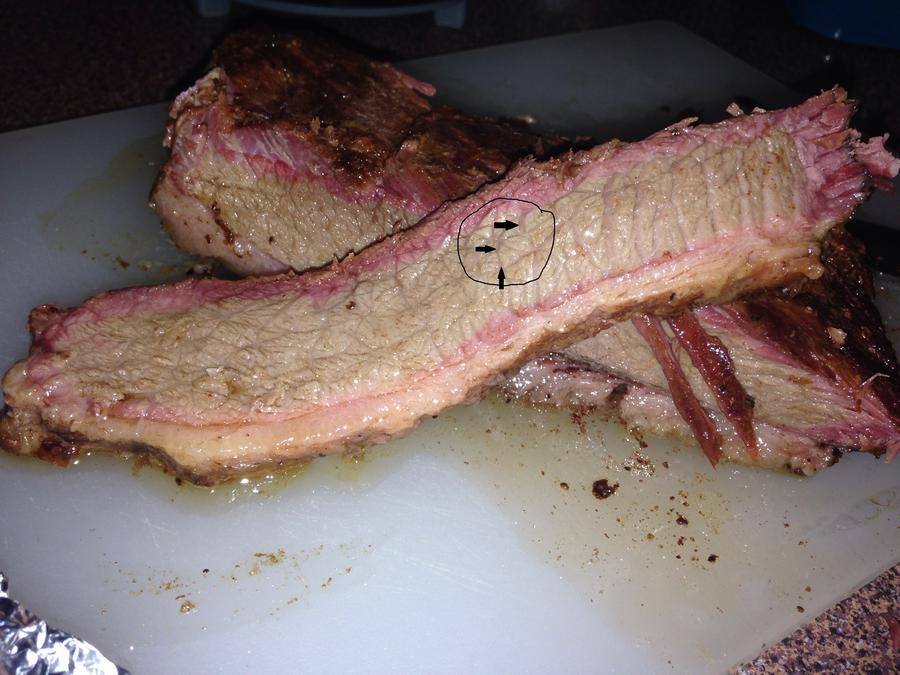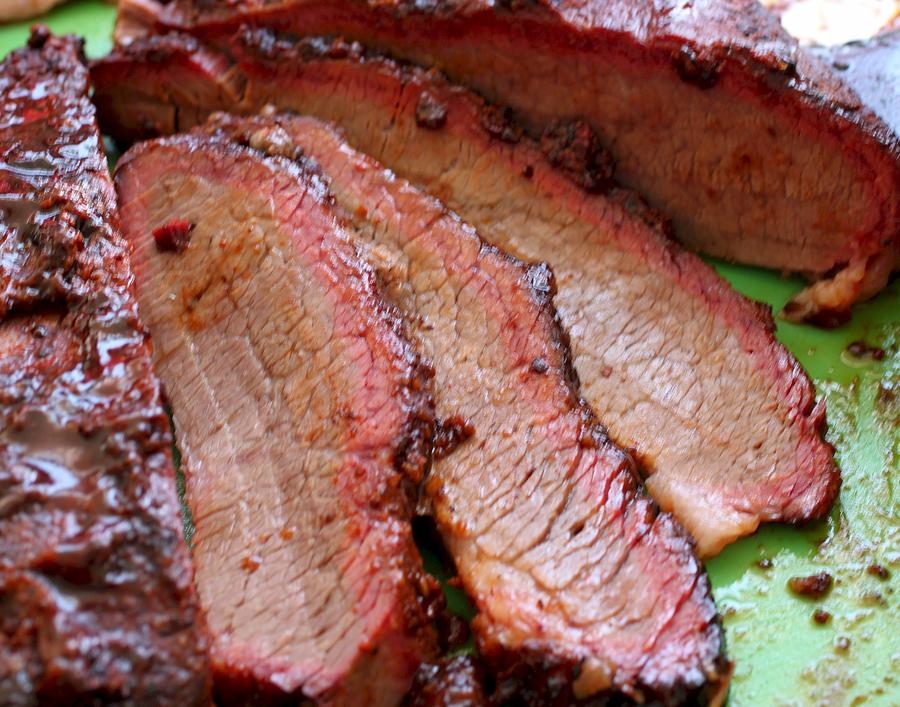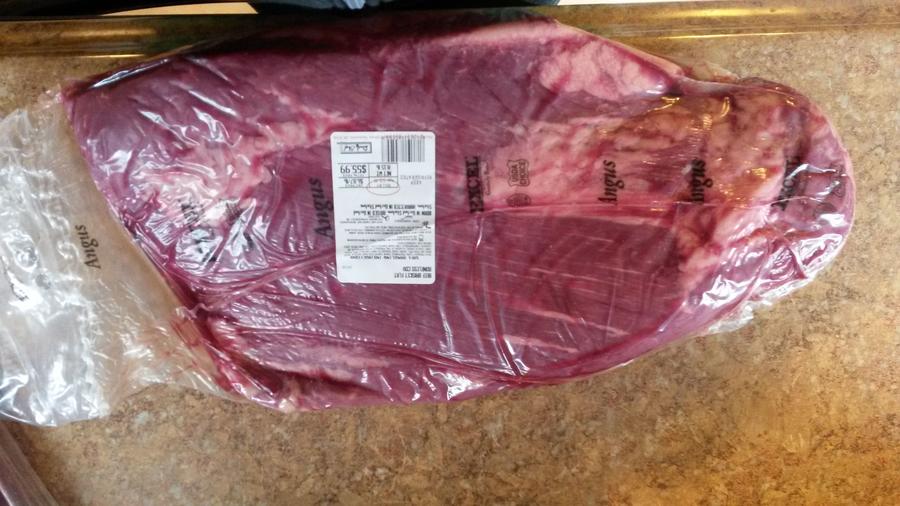kapdon
Smoke Blower
- Aug 15, 2014
- 82
- 12
The second paragraph of this thread started with, "shot off my mouth," and I feel I may do the same here. I am not trying to upset anyone but I don't understand how some have problems with an electric smoker. It's like an oven, set it and forget it, put some liquid smoke in the mix and you got, um... Smoked brisket? I have a buddy that almost does this. He puts his brisket in the oven at 350 over night, get up the next day and moves it to his pit to give it a few hours of smoke. He now owns an electric smoker and the only thing that has changed in his method is he doesn't move it to his pit. The brisket doesn't have a strong smoke flavor this way but it has always been tender and juicy.
My method is slightly different from some of the others here as I generally us a lower temp for most of my smoke and then bring it up for that last couple hours. The brisket turns out beautiful.
Wild swings and spikes may have a great effect on the meat but those who are using an electric smoker shouldn't be experiencing this problem, so let's look at some of the basics.
One thing my buddy and i do for sure is test the meat before we buy it. I have trimmed, I have purchased pretrimmed, I have cut, now I leave it as is. I enjoy the flavor that all that extra fat adds to the meat. The only thing we check for when purchasing a brisket is how far it will fold. I grab it by the ends and try to fold it. If it doesn't fold I put it back and test another one.
How are you cutting into it? Are you cutting with the grain or against it? This will make a huge difference in how tender it is.
Are you wrapping it in foil? If you are having a hard time getting the tenderness you like or trying get it to be more juicy, using foil can help. Having it wrap good will hold all the drippings which will cause steam to occur, this acts kind of like a pressure cooker. Leaving it wrapped when you remove it and allow it to rest, it will continue to cook and steam itself for a while. Once it begins to cool it will draw some of those juices back in.
I have never tried injecting or using tenderizers but one might look into it if they absolutely can not achieve the results they are looking for. However, the basics should never be skipped.
I hope something here helps someone out there. Now, could someone open one of these threads for beef ribs? I just can not seem to nail great results trying to smoke them.
My method is slightly different from some of the others here as I generally us a lower temp for most of my smoke and then bring it up for that last couple hours. The brisket turns out beautiful.
Wild swings and spikes may have a great effect on the meat but those who are using an electric smoker shouldn't be experiencing this problem, so let's look at some of the basics.
One thing my buddy and i do for sure is test the meat before we buy it. I have trimmed, I have purchased pretrimmed, I have cut, now I leave it as is. I enjoy the flavor that all that extra fat adds to the meat. The only thing we check for when purchasing a brisket is how far it will fold. I grab it by the ends and try to fold it. If it doesn't fold I put it back and test another one.
How are you cutting into it? Are you cutting with the grain or against it? This will make a huge difference in how tender it is.
Are you wrapping it in foil? If you are having a hard time getting the tenderness you like or trying get it to be more juicy, using foil can help. Having it wrap good will hold all the drippings which will cause steam to occur, this acts kind of like a pressure cooker. Leaving it wrapped when you remove it and allow it to rest, it will continue to cook and steam itself for a while. Once it begins to cool it will draw some of those juices back in.
I have never tried injecting or using tenderizers but one might look into it if they absolutely can not achieve the results they are looking for. However, the basics should never be skipped.
I hope something here helps someone out there. Now, could someone open one of these threads for beef ribs? I just can not seem to nail great results trying to smoke them.










